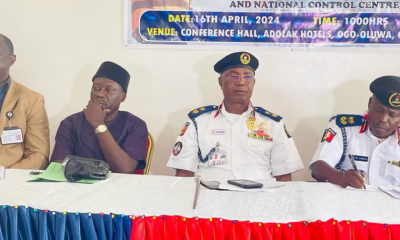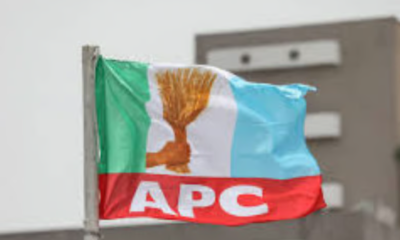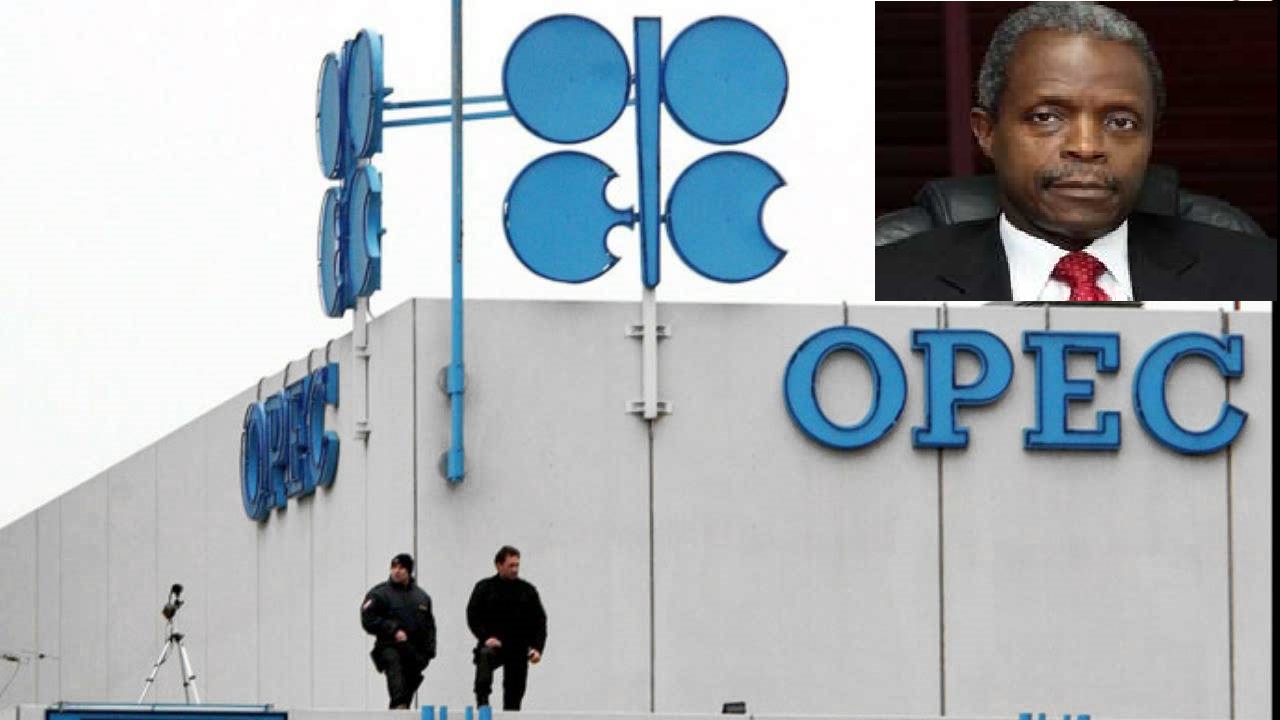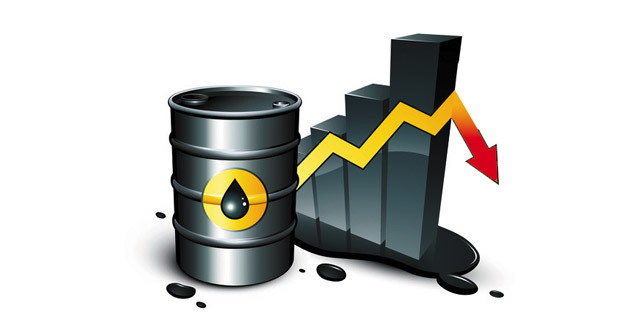As decline gives way to slow growth in the agric and 27 other non-oil sectors that slid into the negative in 2015, Nigeria’s government and analysts around the world believe Africa’s second largest economy is inching its way out of recession.
And the relative stability the nation attains under Acting President Yemi Osinbajo, coupled with the bounce in oil prices, adds to the euphoria the hard times occasioned by a crashing naira may be over this year.
According to analysts, economic activities are stirring slowly as forex get more available to the nation’s economy many believe is import-driven.
The praise is largely due to the up-tick in crude prices, and the volume Nigeria has been exporting.
The latter is now under threat as the Organisation of Petroleum Exporting Countries moves to cap Nigeria’s output.
Pumping out about 1.7 million barrels of crude oil daily—that’s roughly $77 million daily—Nigeria has been raking in lots forex since March when prices began its rally on the international market.
Adding that to the trickles of foreign direct investments–$908.7 million in the first quarter—coming in to the country, it’s a little surprise the country has the means to firm up the naira at around N300 to a dollar.
The Central Bank of Nigeria now boast enough greenbacks, over $30 billion in reserves, from where it has been chocking millions onto the forex market to stabilise the local currency
That is up till now.
Soon the concession OPEC granted Nigeria and Libya in Vienna in May, allowing the two nations whose quotas had been disrupted by political upheavals, to produce 1.8 million daily till the first quarter of 2018, will be reviewed.
The cartel, along with its non-OPEC producers led by Russia, had agreed on a six-month-long decision to withhold 1.8 million barrels per day from the market to reduce the glut. They had thought Nigeria and Libya grinding out 400000 and 200000 barrels daily respectively as of last October, could go on, underestimating their recoveries.
It turns OPEC was wrong.
“Nigeria and Libya are recovering faster than earlier thought,” said Secretary General of OPEC, Dr. Mohammed Barkindo, stated at the World Petroleum Congress in Istanbul, Turkey.
Series of meetings are scheduled to hold where the two members may be asked to comply, and if they do, there will be implications, especially for Nigeria’s economy.
The dollar-crunch may worsen as dollar supply slows down after the cap. Analysts have even been sceptical about the sustainability of the CBN policy of defending the naira against the dollar—by dumping petrol-dollars on the market.
And the most vulnerable sectors—banking, oil and gas—are the most crucial ones to the economy.
ALSO SEE: OPEC now relies on Nigeria, Libya to balance oil supply
The year 2016 was significant. With 50 percent depreciation against the dollar last year, the naira tipped Nigerian lenders, for instance, into asset quality crisis last year About N5.3 trillion—related to non-performing loans and the burst cycle of the economy—was at risk as of 2016, according to CBN’s data.
Crippling the two sectors, obviously, will trigger a chain reaction. And that will be apparent in fuel scarcity, high transport cost, bottlenecks in importation. All of these could send the inflation rate back to or above the current 6.25 percent from 17.2 percent in April, and over 19.3 last year.
Perhaps sensing the fall out of the OPEC cap, Oil Minister Ibe Kachikwu has been talking tough, based in his argument on the initial consensus that spared Nigeria and Libya of the output limit.
And he insists none of the upcoming meetings, especially the one between Russia, Saudi Arabia, and three others on Russia July 27, will force Nigeria to cap its output.
“We believe that the meeting cannot upturn the decision taken by OPEC in its last meeting in May. Nigeria will stand by that decision,” he said in Abuja recently.

 Football7 days ago
Football7 days ago
 Health & Fitness1 day ago
Health & Fitness1 day ago
 Featured5 days ago
Featured5 days ago
 Comments and Issues7 days ago
Comments and Issues7 days ago
 Education6 days ago
Education6 days ago
 Business6 days ago
Business6 days ago
 Education1 week ago
Education1 week ago
 Crime6 days ago
Crime6 days ago






